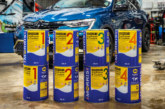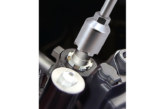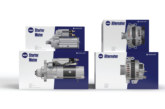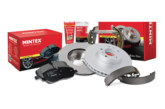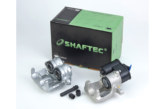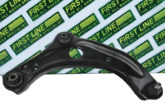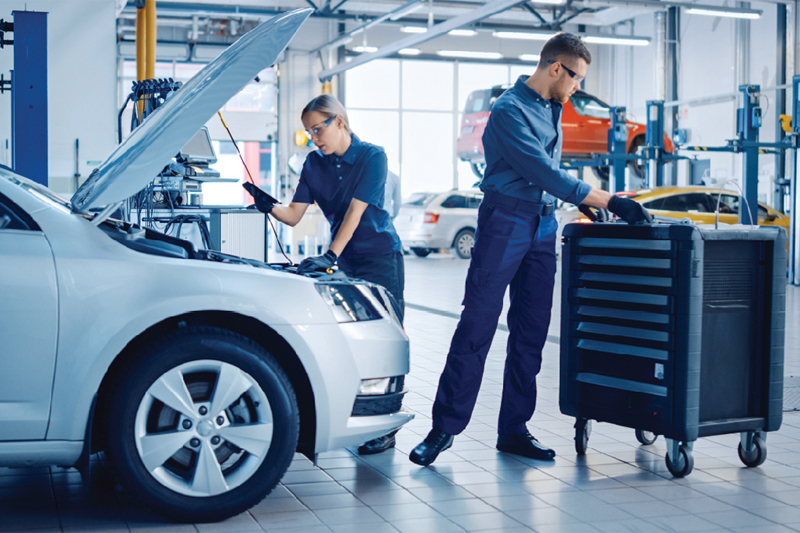
As technology develops and modern vehicle designs continue to innovate and change, noise, vibration and harshness (NVH) reduction is becoming ever more important to both vehicle manufacturers and aftermarket professionals. Here, Ian Holt at Univar Speciality Consumables, explains what causes NVH and what products you can stock in your branch:
NVH is a measure of how much unpleasant aural and tactile feedback the car delivers when it’s being driven. Put simply, the noise is what the motorist can hear, the vibration is what they can feel, and the harshness is how much of an effect bumps, noise and vibration have on the cabin and its occupants.
NVH reduction is a globally recognised issue, spurred on by consumers who want increasing insulation from the environment they’re driving through. Today, car drivers expect even sporty convertibles to be NVH minimal.
What causes NVH?
There are three main sources of NVH in a vehicle, which revolve around the interaction of the tyres with the road surface, the movement of airflow around the car as it travels forward, and the car’s engine and drivetrain components. Automotive companies are in a constant battle to reduce NVH in these areas and spend millions of pounds annually to help achieve this. As technology advances, motor car design has become more complex too, with car design engineers needing to take more factors into consideration when designing a car. Not only do they have to cater to the more discerning customer who already demands a quieter cabin and a smoother ride, they now must consider the future of automotive propulsion.
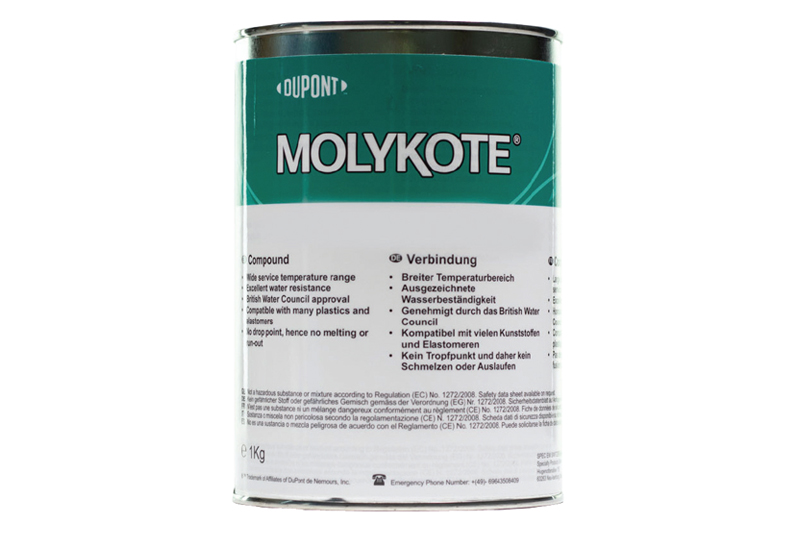
Thirty years ago, if someone was travelling at high speed, for example at 70mph, in a 2l diesel car, they wouldn’t have been able to hold a conversation in the cabin of the car, let alone worry about low-level squeaks, vibrations and rattles. In 2022, road surfaces are quieter, car shapes are more aerodynamic, and – possibly offering the biggest NVH challenge of them all – electric vehicles are about to transform the automotive industry. It means that all those small and insignificant noises around the cabin of the car that would normally be drowned out by the noise of the engine, are now easily heard. The primary reason for NVH issues results from the car’s mechanical and electrical systems, and their origins can be as varied as the challenges they present. Anywhere where there is friction between two materials there is the possibility of noise and vibration. Sliding components, like windows, seats, sunroofs, switches, electrical actuators, and all other interactions between surfaces and components as the vehicle travels down the road, can present an NVH challenge.
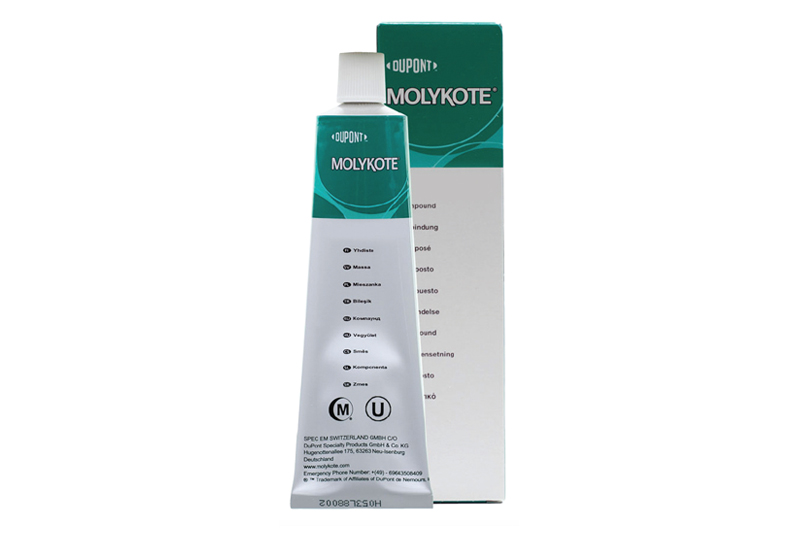
The ideal situation would be to design these issues out at source; however, this is virtually impossible. The only way to mitigate NVH issues is by using specialist, carefully designed products specifically for NVH reduction.
Combatting NVH
At Univar, we work closely with specialist partners and manufacturers, including DuPont, an innovative, science-led provider of technology-based products and solutions to the automotive industry. One of DuPont’s leading brands is MOLYKOTE, a widely recognised specialist industry lubricant brand specifically designed to reduce NVH.
From our experience and our feedback from car manufacturers and aftermarket professionals, MOLYKOTE lubricants enhance tactile feel and can add smoothness to operator-adjustable components, such as mirrors, visors, cup holders, and gloveboxes.
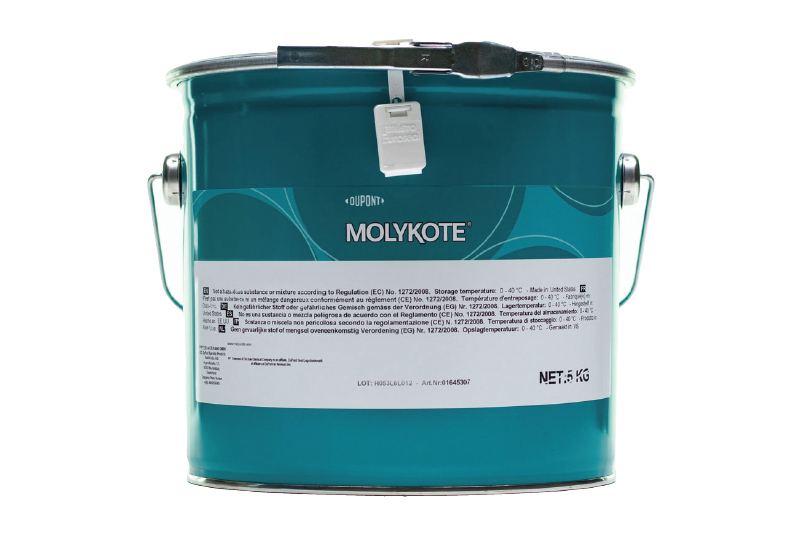
MOLYKOTE greases and anti-friction coatings can reduce stick-slip between dissimilar materials and help eliminate squeaks, rattles, and vibrations. Other examples include noise-reducing greases for motors and actuators, lubricants for friction events involving cockpits, consoles, and interior trim and dry film, as well as antif-riction coatings for lock mechanisms, catch plates, and seatbelt components.
The world of NVH is going to become more prevalent in vehicle design as consumers demand more from their car, electric-powered motors become mainstream, and vehicles get quieter. It’s vital, therefore, that aftermarket professionals research the range of solutions that are at the forefront of NVH reduction, with smart lubrication technology that includes oils, greases, pastes, semi-dry fluids, and dry film coatings. They must choose wisely and, despite working under pressure and to tight deadlines, not hastily.

